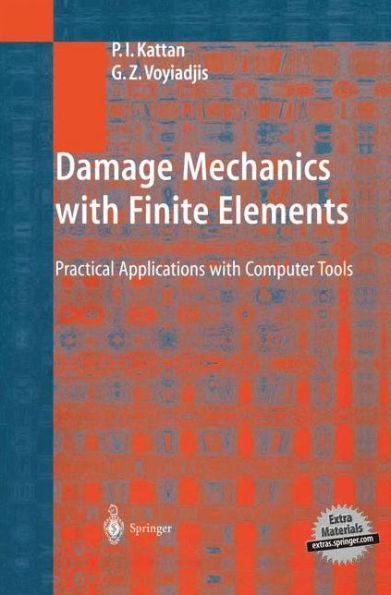The major goal of this book is to present the implementation of some damage models with finite elements. The damage models are based on the principles of continuum damage mechanics and the effective stress concept. Several books have appeared recently on damage mechanics but are mostly theoretical in nature. Alternatively, this book provides a complete finite element program that includes the effects of damage. The book consists of two parts. Part I includes two chapters mainly review ing topics from finite element analysis and continuum damage mechanics. The reader is cautioned that the material contained in this part is introductor- other references must be consulted for the theoretical aspects of these topics. For a complete theoretical treatment of the subject, the reader is referred to the book Advances in Damage Mechanics: Metals and Metal Matrix Composites by Voyiadjis and Kattan, published in 1999. In Part II the finite element program DNA is introduced in three chapters. DNA stands for "Da mage Nonlinear Analysis". The program can be used for the analysis of elasto plastic material behavior including the effects of damage within the frame work of damage mechanics. Two versions of DNA are presented - one for small strain analysis and one for finite strain analysis. The program makes extensive calls to a library of tensor operations developed by the authors. The tensor library is extensively outlined in the last chapter of the book.



